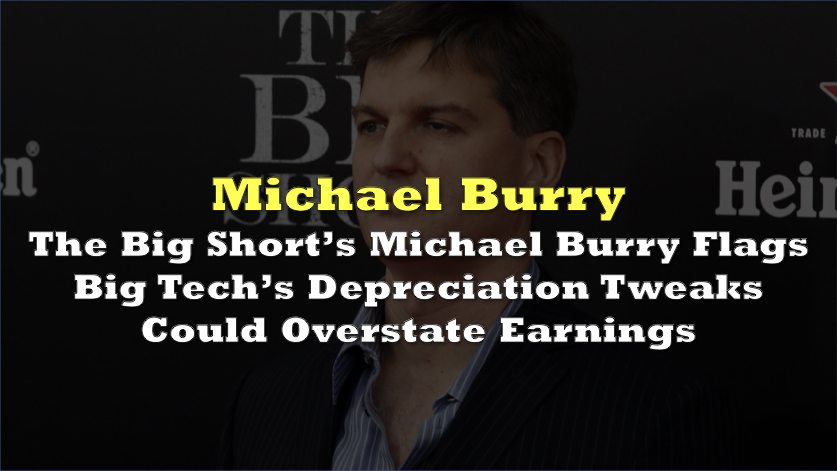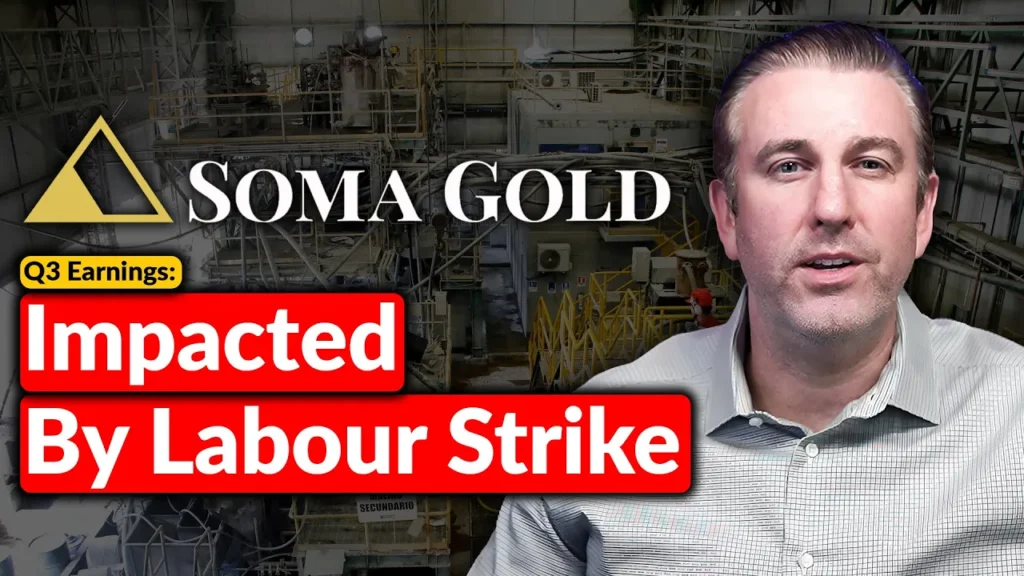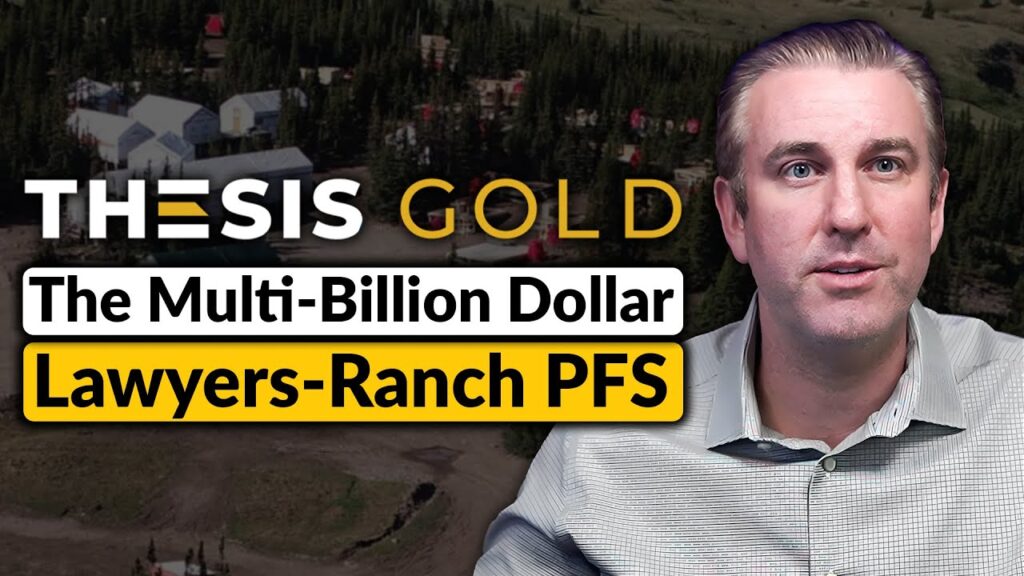Investor Michael Burry recently raised concerns that Big Tech’s changes to depreciation schedules could overstate earnings through 2028, estimating $176 billion of understated depreciation across hyperscalers in 2026–2028. He cited Meta Platforms and Oracle as the most affected at 20.8% and 26.9% by 2028.
Burry added companies are extending the “useful life” of servers and network gear even as they ramp purchases tied to two- to three-year product cycles from Nvidia.
Michael Burry situation…I found something.
— Luc (@investingluc) November 10, 2025
Over the last 2 years, there's been multiple "minor accounting changes" to increase the useful life of *equipment*.
…to the tune of hundreds of billions in understated depreciation expenses.
This is directly from the 10K filings… https://t.co/NzrizKjfBb pic.twitter.com/JsF5mjnGNU
Company filings show multiple “minor accounting changes” that lengthen the depreciation horizon for compute equipment. Intel disclosed that effective January 23 it increased the estimated useful life of some production machinery and equipment from five to eight years, a shift the company said would “significantly impact its bottom line” by lowering depreciation expense in the near term.
Meta said that in January 2025 it completed an assessment of certain servers and network assets and increased their estimated useful life to 5.5 years. Based on assets in service as of December 31, 2024, Meta expects this change in accounting estimate to reduce full-year 2025 depreciation expense by approximately $2.9 billion.
A cross-company review of disclosures for network and compute assets indicates the following estimated useful lives by year: Alphabet’s Google moved from 3 years in 2020 to 6 years by 2023 and kept 6 years into 2025, Oracle rose from 5 years through 2023 to 6 years in 2024–2025, Microsoft moved from 3 years in 2020 to 6 years from 2022 onward, and Amazon shifted from 4 years in 2020 to 6 years in 2024, then 5 years in 2025.
Burry’s claim is that extending useful lives during an accelerated server purchase cycle depresses depreciation today and boosts reported operating income, which in turn can lift EPS and margins without changing cash costs.
The investor said “it gets worse” and that he will publish more details on November 25.
Burry is best known for identifying the US housing bubble in the mid-2000s and placing the trades that were later depicted in the film “The Big Short.” He founded Scion Capital in 2000 and has since focused on deep fundamental analysis of balance sheets, cash flows, and accounting assumptions.
Information for this story was found via the sources and companies mentioned. The author has no securities or affiliations related to the organizations discussed. Not a recommendation to buy or sell. Always do additional research and consult a professional before purchasing a security. The author holds no licenses.









